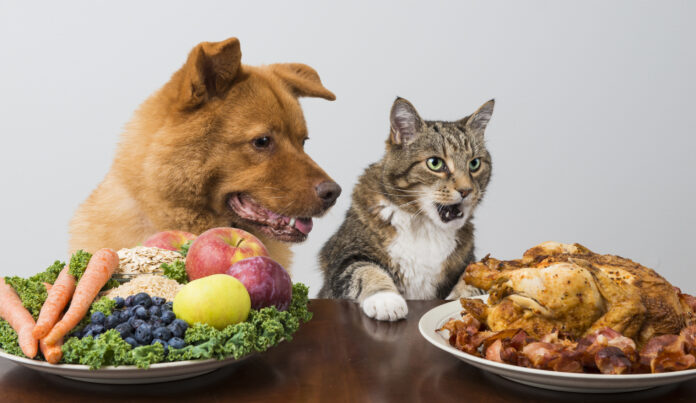Understanding Your Pet’s Caloric Needs: A Comprehensive Guide
As pet owners, understanding your furry friend’s nutritional requirements is crucial for their overall health and well-being. Veterinarians play a vital role in determining how many calories your pet needs by evaluating several factors, including their current weight, body condition, and dietary habits. This guide will help you navigate the world of pet nutrition and provide practical tools to ensure your pet maintains a healthy weight.
Factors Influencing Your Pet’s Caloric Needs
Veterinarians assess several key factors to estimate the caloric intake required for your pet:
- Current Weight: Maintaining an ideal weight is essential for your pet’s health.
- Body Condition Score: Your pet’s condition—whether they are overweight, underweight, or at a healthy weight—affects caloric needs.
- Dietary Intake: The type and quantity of food currently consumed provide context for caloric recommendations.
Using Online Calorie Calculators
To get a head start on understanding your pet’s caloric needs, consider using one of the many available online calculators. These tools are user-friendly and can provide a preliminary estimate based on your pet’s specifics. However, keep in mind that energy requirements can vary significantly even among pets of similar age, size, and breed.
Why Veterinary Assessment is Essential
While calculators can help, the most accurate reflection of your pet’s caloric needs will come from a combination of their daily intake and their body condition score. Thus, it is advisable to consult with a veterinarian. They can provide tailored advice that accounts for activity levels and other individual factors.
Adjusting Caloric Intake Over Time
If your pet’s caloric needs differ from recommended guidelines, don’t be alarmed. Recommendations are averages, meaning your pet’s needs may fluctuate based on their activity level and changes in health. Regular assessments are necessary to maintain an optimal diet.
Incorporating Treats Wisely
When incorporating treats into your pet’s diet, it’s best to allocate no more than 10% of their daily caloric intake to these extras. The remaining 90% should come from a complete and balanced pet food, ensuring that your pet receives the necessary nutrients in appropriate proportions.
Recommended Resource: Pet Nutrition Alliance Calorie Calculator
For an excellent starting point, we recommend the Pet Nutrition Alliance Calorie Calculator. This resource is developed by a team of veterinarians, nutritionists, and veterinary technicians dedicated to promoting proper nutritional assessments. The entire site aims to empower pet owners with credible information regarding dietary recommendations and practices.
In conclusion, understanding your pet’s nutritional needs is a continuous process that involves both online tools and professional veterinary guidance. By leveraging these resources, you can better support your pet’s health and ensure they lead happy, active lives.











